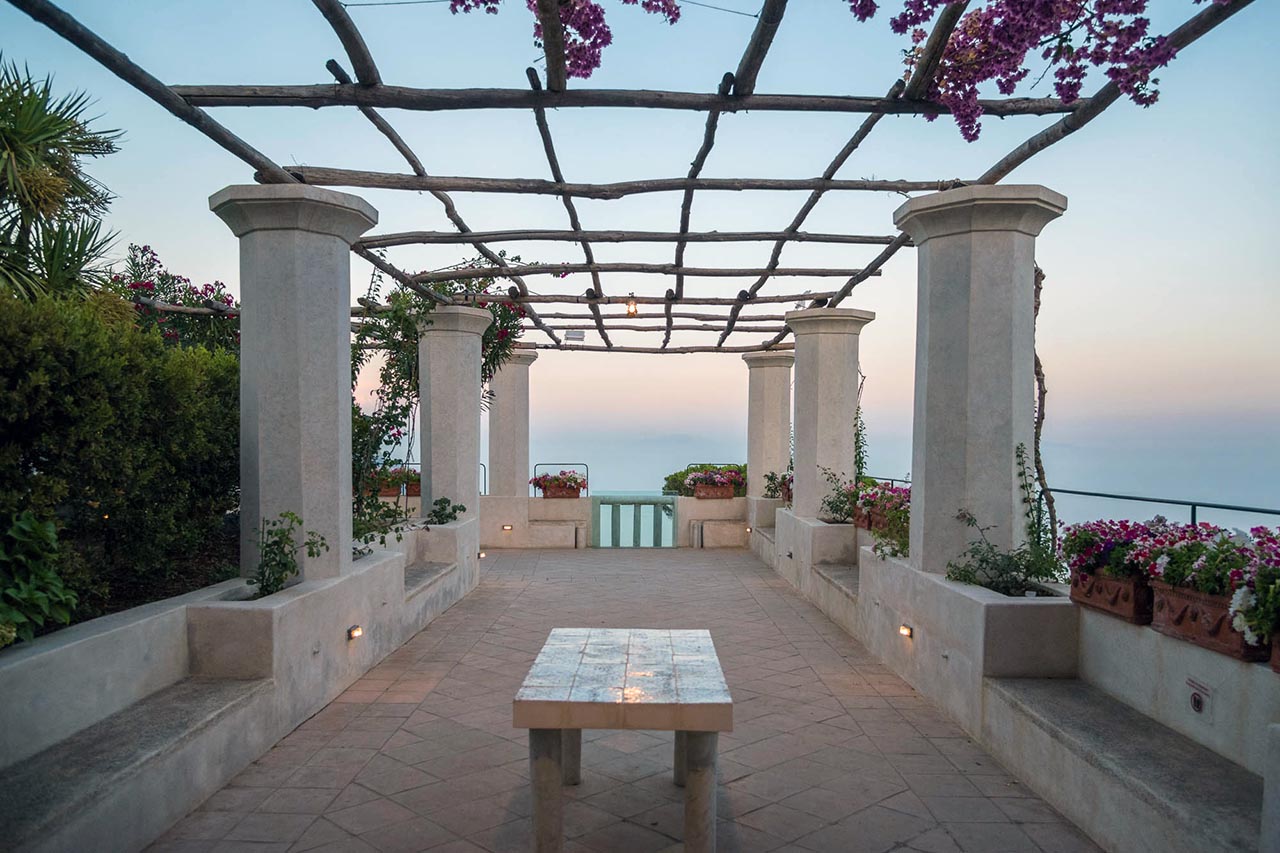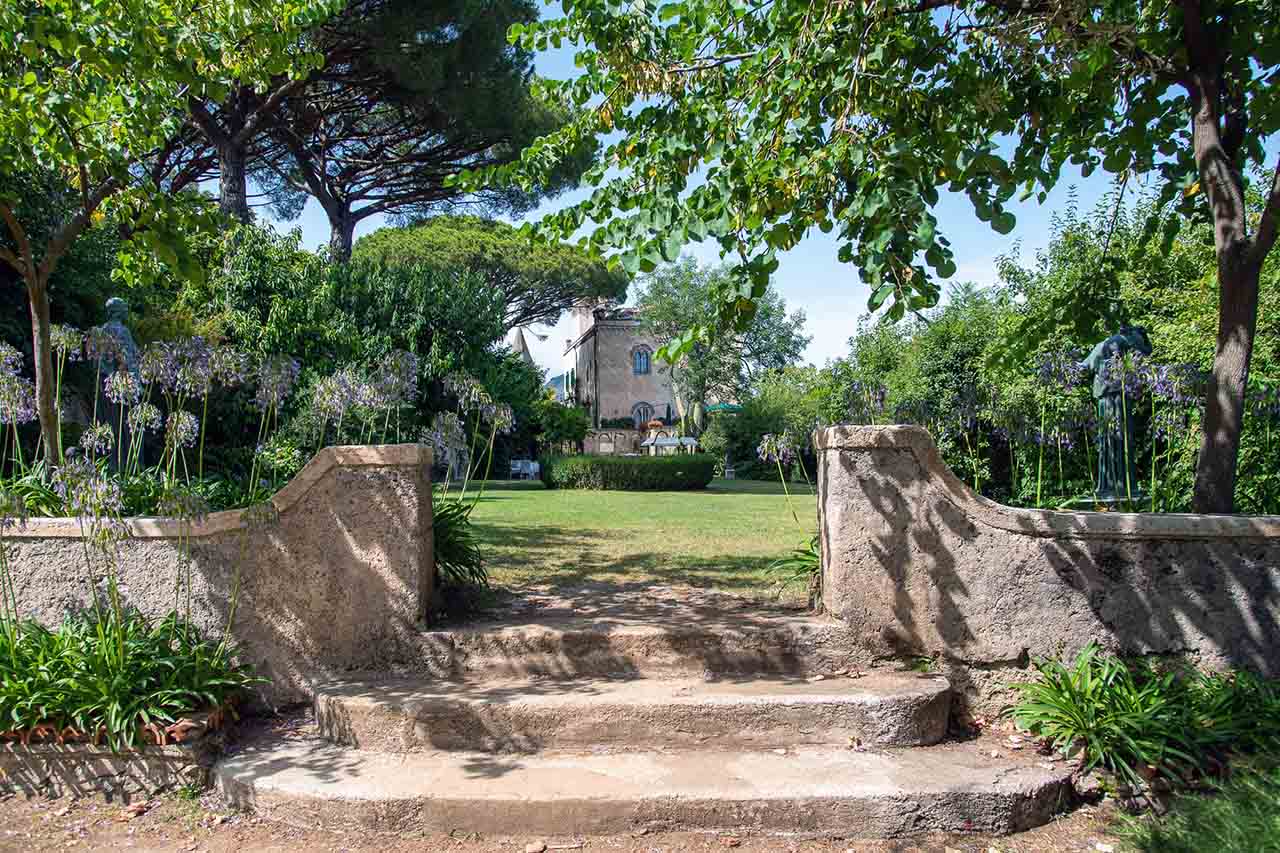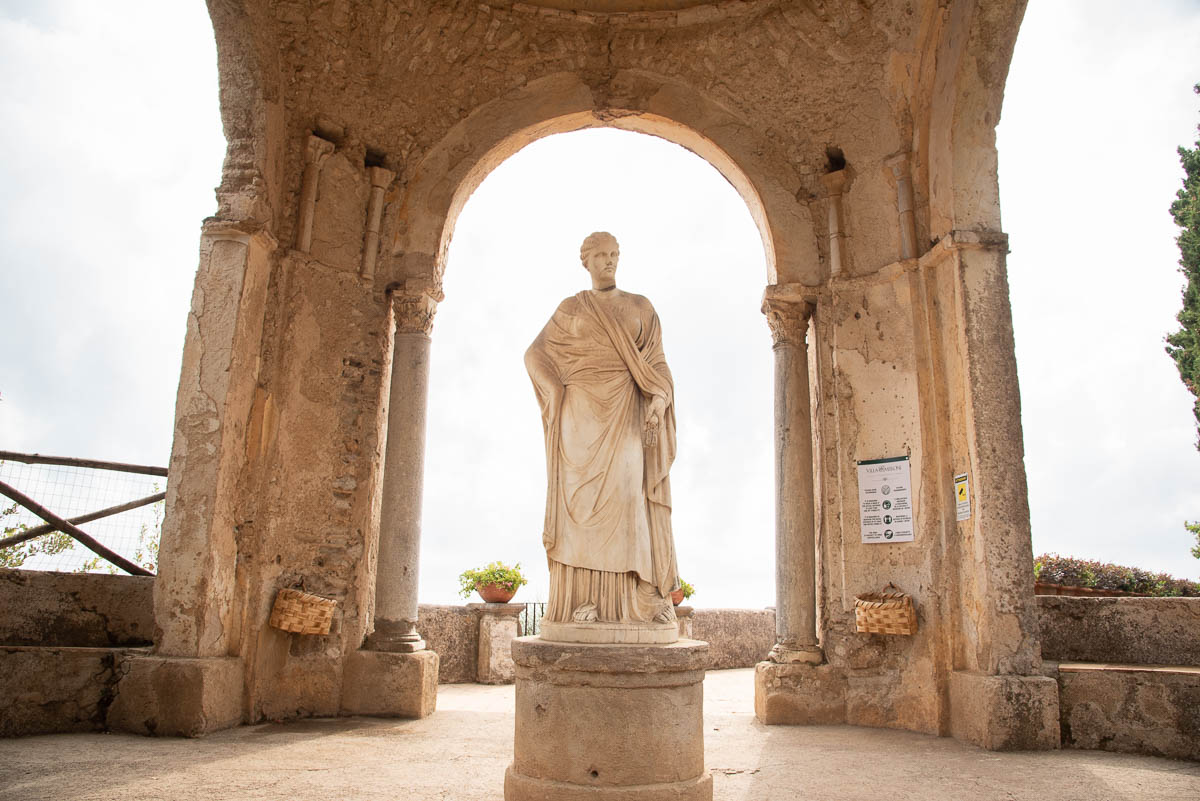From Joan of Aragon to the Formichelle, how female figures have shaped the history of the Coast
May 26th, 2023. By Alessio Amato, photo by Salvatore Guadagno
Some women have shaped the artistic and cultural landscape of the Amalfi Coast. In two thousand years, the Divina has seen many personalities, between successes and defeats, decadence and rebirth.
Its land, a mirror of power, beauty, and wealth, has cradled yes men but above all female characters, the same ones who have been able to impose themselves, leaving a tangible mark in the history, art, and gossip of the entire territory that still preserves places, monuments, and feelings.
Amalfi: medieval footprints
In the Middle Ages, a long and varied period during the splendor of the Amalfi Republic-Duchy, one finds women capable of managing the commercial affairs of the entire family. It is enough to wander through the alleys of ancient Amalfi to relive those moments of daily life, opening the imagination to the simplicity of the past. Here, where chaos and strong smells surrounded the streets full of merchants.
The historic part of Amalfi, behind the Cathedral, has managed to preserve ancient lines and a narrow strait that was used as a trap for enemies and pirates for centuries. Another rocky spur overlooking Amalfi (territory of the municipality of Scala) was chosen for one of the Republic’s most important castles. Still preserved today is a Tower whose silence was pierced by screams of despair, whose floor gathered tears of pain.
In the tower known as the Tower of Ziro, in the early 1500s, Joan of Aragon was locked up and then murdered with her two sons, guilty of having loved after the death of her husband, a man of inferior rank. Her story inspired John Webster for his work, “The Duchess of Amalfi.”
The tower was part of Amalfi’s northern fortification, one of the oldest defensive structures in the Republic, even though it has undergone many reconstructions over the centuries. The interior has three floors. In keeping with tradition, the lower floor was to be used as a cistern, essential during enemy attacks and gunpowder handling.
It is still possible to see along the promenade from Pontone remnants of the walls with the entrance and loopholes. Probably from this spur, the Dutch lithographer C. Escher found inspiration to draw part of one of his most essential works Metamorphoses (until last year, it was open with free admission. This year, due to restoration work, it is closed to the public).

Ravello: the inspiration of Sigilgaida della Marra
Continuing along the hills of the coastline, one comes across the remains of noble palaces, walls, and castles. In Ravello, for example, during the Norman Swabian period, lived Sigilgaida della Marra, sister of Frederick II’s Treasurer.
The power of this woman is still conveyed today by the splendor of one of her mansions, Palazzo Rufolo, and the magnificence of the Pulpit of the Cathedral. She conditioned the new clothes and style of the mansion, a copy of the palaces of the Norman kings of Palermo and the domus solaciorum of Frederick II, who was very close to the della Marra family.
Sigilgaida even decided who should be the artist of the Pulpit, Nicola di Bartolomeo da Foggia, a pupil and for many a son of Bartolomeo da Foggia, who worked for Frederick II—she who was carved in marble as a princess. The Pulpit dominates the right aisle of Ravello Cathedral, a still considered one of the most important examples of 13th-century Italian sculpture.
The female figures of the Bloomsbury Group
Other women, artists, writers, poets, and botanists were there during the Grand Tour. Villa Cimbrone, in Ravello, hosted several appointments of the Bloomsbury Group, a group of students critical of the religious, artistic, social, and sexual constraints of the Victorian and Edwardian periods. Keynes, Gide, Forster, D. H. Lawrence, Escher, and Virginia Wolf influenced literature, aesthetics, criticism, economics, feminism, pacifism, and human sexuality.
The very gardens of Villa Cimbrone were the setting for the encounters between Vita Sackville West and Violet, the illegitimate daughter of Ernest Beckett, owner of the villa. The same Vita who a few years later became the lover of Virginia Wolf, a frequent presence at Villa Cimbrone. The Violet – Vita – Virginia love triangle was immortalized in Orlando, one of Virginia Wolf’s most exciting works.

From Cerere to Greta Garbo
Villa Cimbrone is a park of about four hectares. The neoclassical style blends with the greenery of lawns, plants, and flowers. The cloister at the entrance invites silence and privacy. The long avenue, partly covered by a large wisteria, leads to the famous terrace, preceded by the statue of Cerere, goddess of the harvests and seasons. The Belvedere is among the most beautiful in Ravello.
The overhang increases the sense of infinity. Again the statue of Mercury and Venus and the cloister of Bacchus and Pan are probable burial places of owner E. Beckett. Centuries-old pine trees tower up almost to protect the site, and an avenue of cypresses leads to the rose garden, governed by time depicted by an hourglass and sundial.
From the rose garden, one passes to the area set aside for meetings of the Bloomsbury Group, where masks, angels, and demons alternate in a setting of distinctive iconography and lines. Over the years, the Coast has welcomed classy and influential women, from Greta Garbo to Sophia Loren, regal women such as Marie Jose of Belgium, Jacqueline Kennedy, and Hillary Clinton.
The Formichelle: the pillars of the Divine
Then some timeless women have served the Coast for centuries, proudly wearing the clothes of toil, among the mountains, along the endless stairs. From lemons to chestnuts, from “frasche” to paper, their traditional songs filed their efforts—the formichelle, as they were called, the deities who were pillars of the Divine.
Transportation went to complement their hard work as wives and mothers. Sometimes the fatigue was too much, and they let themselves rest on the grass, straw on the best they could find. The same women who, during wars, in the absence of their husbands, had to protect their children by taking refuge in the caves of the Coast and finding the strength to pray and sing.

